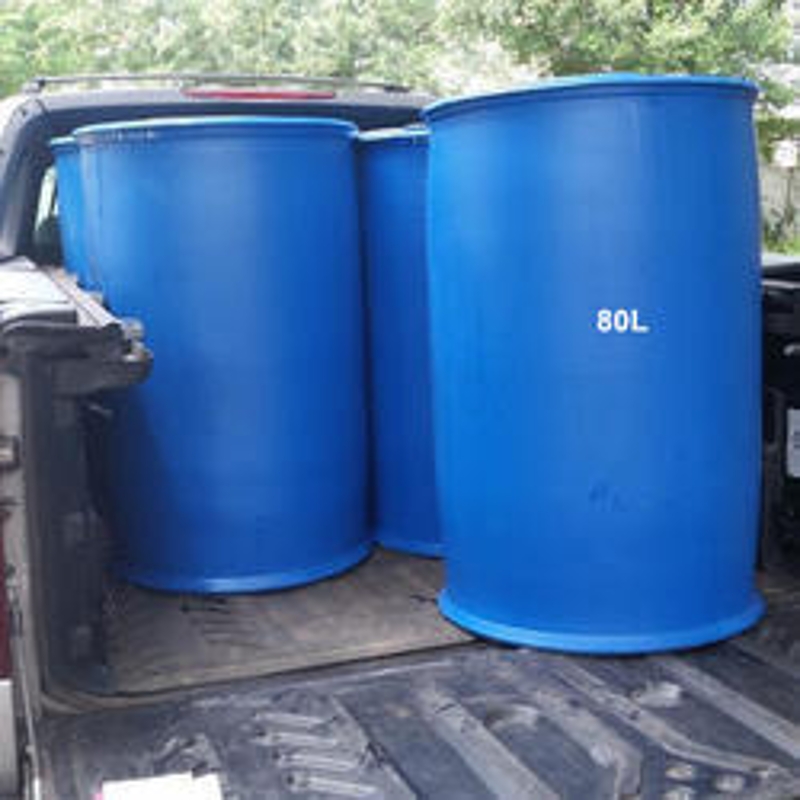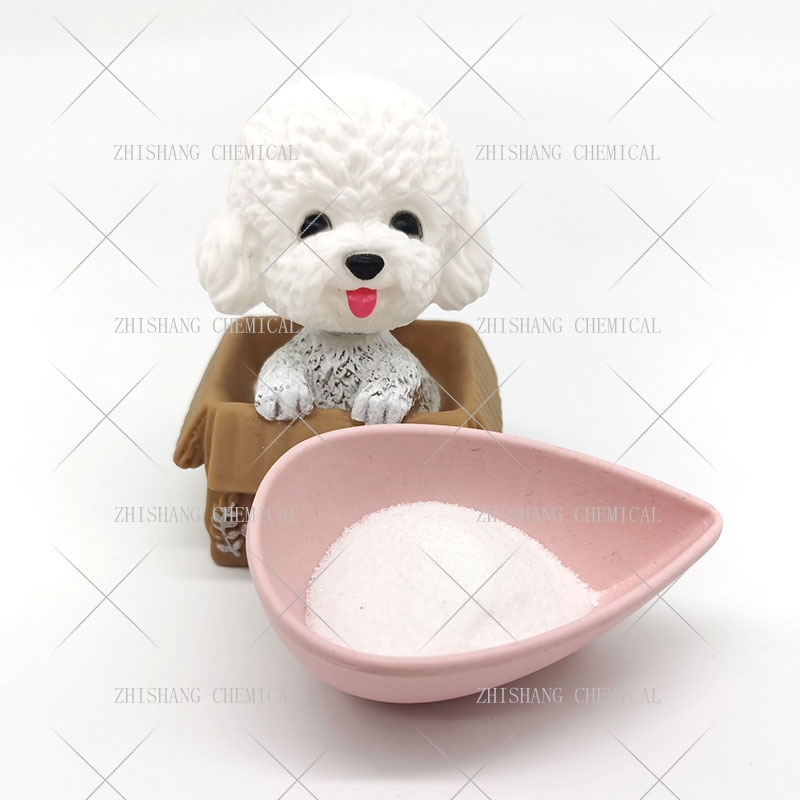-
Categories
-
Pharmaceutical Intermediates
-
Active Pharmaceutical Ingredients
-
Food Additives
- Industrial Coatings
- Agrochemicals
- Dyes and Pigments
- Surfactant
- Flavors and Fragrances
- Chemical Reagents
- Catalyst and Auxiliary
- Natural Products
- Inorganic Chemistry
-
Organic Chemistry
-
Biochemical Engineering
- Analytical Chemistry
-
Cosmetic Ingredient
- Water Treatment Chemical
-
Pharmaceutical Intermediates
Promotion
ECHEMI Mall
Wholesale
Weekly Price
Exhibition
News
-
Trade Service
VOCs are abbreviations for Volatile Organic Compounds in English, sometimes called VOCs, which denotes a collective concept of volatile organic compounds
China's national standard GB/T 18883-2022 The definition of Total Volatile Organic Compounds TVOC in the "Indoor Air Quality Standards" is: using Tenax TA or equivalent packing adsorption tube sampling, non-polar or weak polar capillary chromatography column (polarity index less than 10) analysis, retention time between n-hexane and n-hexadecane volatile organic compounds
According to the chemical structure of volatile organic compounds (VOCs), it can be further divided into 8 categories: alkanes, aromatic hydrocarbons, olefins, halogenated hydrocarbons, esters, aldehydes, ketones and other compounds
In the sense of environmental protection, it mainly refers to the type of volatile organic compounds
The odor of most VOCs is not obvious, but some VOCs, such as alcohols, aldehydes, ketones, aromatic hydrocarbons, sulfur-containing compounds, etc.







